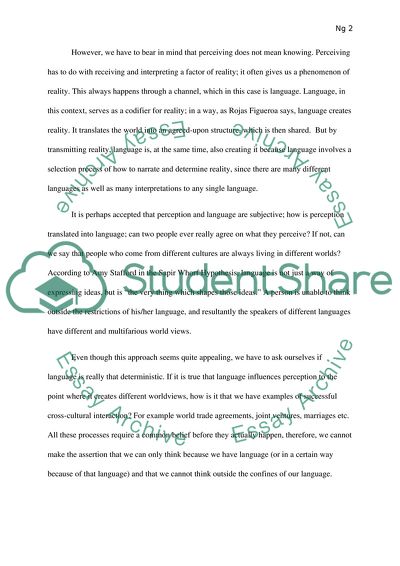Cite this document
(To What Extent Do Some of the Aspects of Language Have an Influence on Research Paper, n.d.)
To What Extent Do Some of the Aspects of Language Have an Influence on Research Paper. Retrieved from https://studentshare.org/humanitarian/1731685-to-what-extent-does-some-of-the-aspects-of-language-have-an-influence-on-perception
To What Extent Do Some of the Aspects of Language Have an Influence on Research Paper. Retrieved from https://studentshare.org/humanitarian/1731685-to-what-extent-does-some-of-the-aspects-of-language-have-an-influence-on-perception
(To What Extent Do Some of the Aspects of Language Have an Influence on Research Paper)
To What Extent Do Some of the Aspects of Language Have an Influence on Research Paper. https://studentshare.org/humanitarian/1731685-to-what-extent-does-some-of-the-aspects-of-language-have-an-influence-on-perception.
To What Extent Do Some of the Aspects of Language Have an Influence on Research Paper. https://studentshare.org/humanitarian/1731685-to-what-extent-does-some-of-the-aspects-of-language-have-an-influence-on-perception.
“To What Extent Do Some of the Aspects of Language Have an Influence on Research Paper”, n.d. https://studentshare.org/humanitarian/1731685-to-what-extent-does-some-of-the-aspects-of-language-have-an-influence-on-perception.


